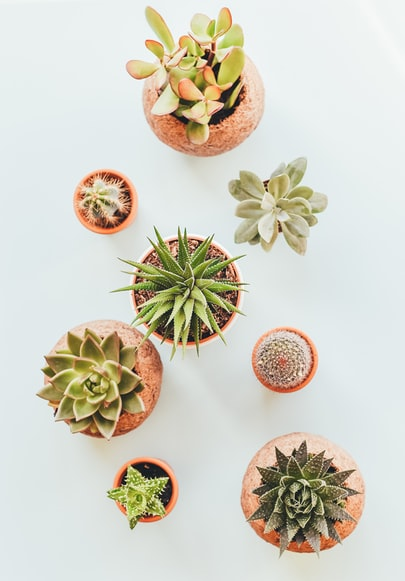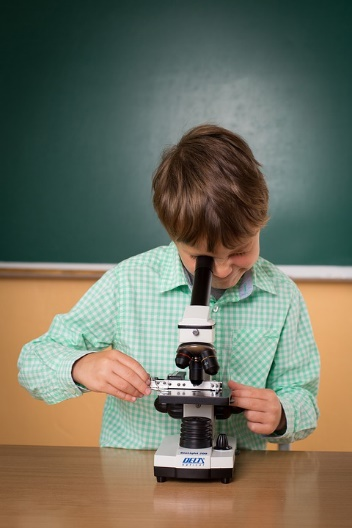As soon as the science class begins, you may see the students start doodling, peeking out of the window, sneaking into their smartphones, or making bored facial expressions. The primary reason students tend to show a lack of interest in this exciting subject is that more often than not, it’s not taught the way it should be.
Fifth grade is a fantastic age to learn science. Young, fresh minds have an insatiable curiosity for how things work, and hence if you only give a little twist to your way of teaching, you’ll certainly observe a dramatic change in the way students behave during the class.
Here are a few ways you can make science more interesting and fun for your fifth-grade students.
Answer their ‘’Whats, Whys and the Hows’’
Fifth-grade students tend to be deeply curious about nearly everything they see around them. Their minds are flooding with the whats, whys, and hows, and not giving them answers won’t only waste their logical thinking skills but they’ll also start losing interest in science.
Understandably, their questions can sometimes throw you off guard, but if you’ll prepare for the lecture beforehand, you’ll be ready to answer their questions promptly.
To keep them interested, try encouraging their natural curiosity. A considerable portion of science is investigating ‘’whys’.’ Why does a chameleon change its color? Why do leaves have veins? What makes a paper boat float on water? And the list goes on.
Fifth graders are generally highly inquisitive, therefore it’s best if you make them feel like real scientists and create a classroom environment where they can freely share all their questions and ideas.
Hands-on Activities
The best way to get your students into learning science is to let them practice the newly learned concepts with hands-on activities and fun projects. Let’s look at some interesting science projects for fifth-grade students;
The ‘’Magic Leak-proof Bag’’ Theory
Want to wow your students? This leak-proof bag experiment is simple, easy, and thought-provoking for students. You’ll just need a zip-top plastic bag, some water, and sharp pencils. Just fill the plastic bag ½ and ¾-full with water, seal it shut, and then, holding it in one hand, and carefully push one of the sharp pencils through one of the sides of the bag. Repeat the same with other pencils.
Since, the plastic bags are made up of polymer chains, when the pencils go inside the molecules inside the polymer surround it, sealing it up tightly, which helps prevent leaks. When the pencils are moved those molecules don’t move to seal the hole and hence the water escapes.
You can perform this experiment in front of the students and demonstrate the science behind it, especially if you’re teaching them about atoms and molecules and the chemistry of polymers.
Turn Dry Ice into Gas
Wondering how you can demonstrate the sublimation process to your students? Dry ice is basically a solid form of carbon dioxide. Submerging the dry ice into water causes bubbles to pop up, creating smoke. These bubbles are formed due to the heat in dry ice’s surroundings which make the dry ice sublimate.
Growing Crystal Snowflakes

Kids love the snow as much as they love the crystal projects. So why not let them grow crystal snowflakes? This way you won’t only make them interested in science but can also teach them about crystallization and supersaturated solutions more effectively.
Explore Technology
While teaching them about electronic systems you can show them videos about things actually work, teach them the basics of robotic technology and AI. Today’s students are really smart, and to move forward in this fast-paced world, they should have a good grasp on the evolving technology.
In addition to this, you can also teach them about renewable energy. You can get a kit to build a powerhouse with wind, electrochemical, solar, and plant energy sources. These kits generally come with a lab manual and offer sufficient interesting science activities for an entire semester.
Watch it Grow

According to Bandura’s cognitive learning theory, human beings’ observational learning primarily depends on attention, retention/memory, initiation/motor, and motivation. If you want your students to properly understand the developmental processes of different animals and plant species, let them observe it themselves.
How does a chick hatch? How do plants sprout from tiny seeds? From ladybugs to tadpoles to butterflies and quails, all have different lifecycles which your students can easily study from the classrooms.
You can help elementary students plant growth by letting them grow their own plants and noting down every step as it happens. Students will certainly love the process.
Promote Creativity

Students learn better when they learn for fun and not just for the sake of learning and getting higher grades in exams. A report by the National Education Association indicates creativity makes students feel satisfied and accomplished. Students learn better by creating as it helps them process information and gives meaning to their educational experience.
Classrooms, physical or virtual, are the most important places to nourish students’ creative talents and abilities. Today’s global economic climate is highly focused on innovation and creativity, and hence being creative is no longer something unique but a necessity to leading a successful personal and professional life.
Science teachers should develop a collaborative learning layout to help students keep their creativity flowing during different assignments and activities. You can help your students map out their ideas by using mind maps, Venn diagrams, graphic organizers, and visual timelines.
Looking for an Experienced Online Science Tutor for Kids?

Looking for an online tutor for science, who can make the subject more interesting for your child? Don’t worry!
At Access2Success, we have qualified and experienced science tutors on board, who offer live online science tutoring at affordable rates.
For the best online tutoring services, visit our website, check out our pricing details and get in touch with us at 202-897-5826 to learn more.
